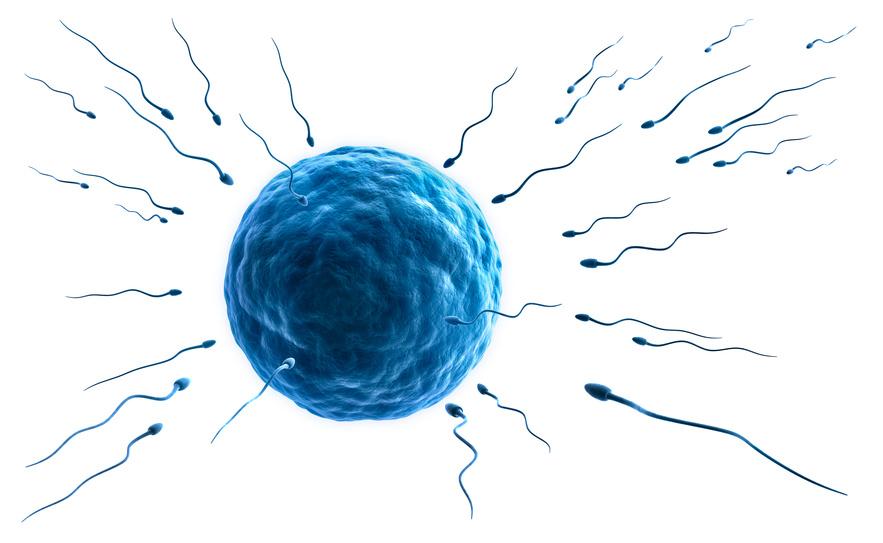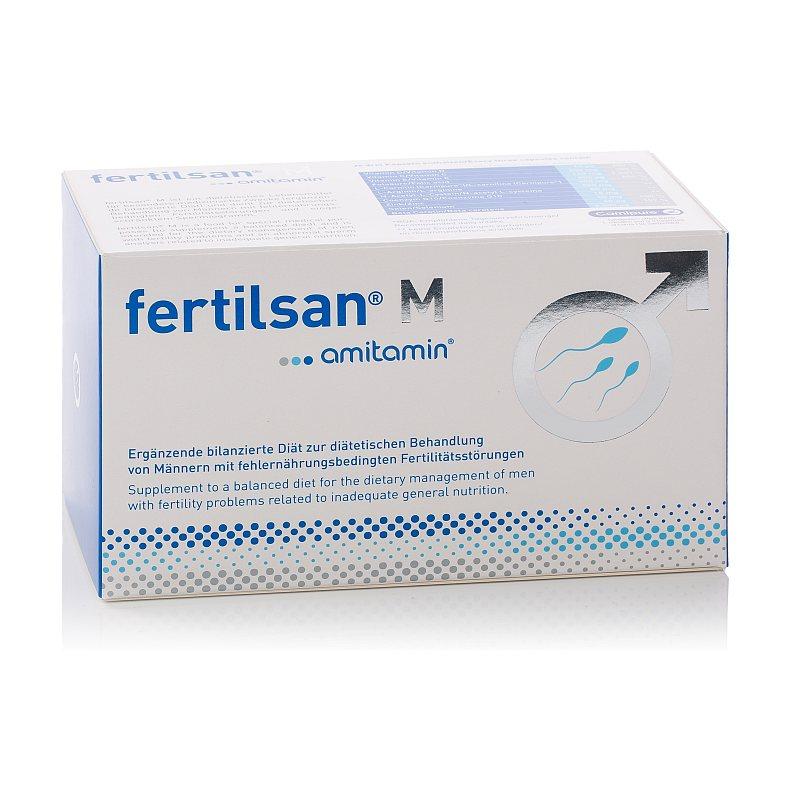What is a semen analysis? What are the purposes of a semen analysis?
A semen analysis is determining the individual quality parameters of your sperm. It is usually done in two situations: after a vasectomy (sterilization of a man), in order to control whether the vasectomy was successful. Or in order to assess the fertility of a man, whether his semen is able to fertilize a woman´s egg.
How is the semen analysis done? Can I do the sperm test at home?
There are home kits for semen analysis, although they are currently not complete in all the parameters and a bit complicated to use. Usually, the semen analysis is done under supervision of a physician and analysed in a laboratory.
The semen that shall be analysed must be rather fresh, usually not older than two hours. Therefore, several clinics give you the opportunity to retreat in a separate, private room in their clinic where you have the opportunity to gain sperm by masturbation. Don´t worry: this is certainly unusual for you, but a good clinic will provide a room with a decent private yet sterile atmosphere. Alternatively, you can gain the semen at home. Usually, your is collected in a small standard twist-cap plastic cup.
Several parameters of the semen are then analysed. You will get the full result from your physician and he should explain you the values, i.e. when a value is not suffiient and would lead to restricted fertility. You will have to wait only a few days for your results, sometimes only a few hours.
Please note:
- You are required to be abstinent (not have an ejaculation) for the last three to five days.
- If you have taken pharmaceutical drugs during the previous three months, your semen quality might have suffered from certain drugs.
What is measured? What are the results of a semen analysis?
These parameters are usually evaluated in a professional semen analysis and compared to WHO-standard norm values:
- Volume: The volume of your sperm that you delivered. According to WHO standards definition, it should be a total volume of 1,5 ml ejaculate or more.
- pH number: should be above 7,2
- Concentration: more than 15 million spermatozoa should be in each ml of your sperm;
- Total number of spermatozoa: should be above 39 million spermatozoa;
- Motility: more than 32% of your spermatozoa should move (motility). Usually, it is also measured whether your spermatozoa move forward (or in circles, which would not be so good) or if they are fast movers.
- Morphology: this measures the percentage of spermatozoa that look healthy, normal. A surprising fact is probably that this standard minimum value is relatively low: only more than 3% to 4% are required to be normally looking in order to have a semen with normal morphology.
Other values that are sometimes determined are percentage of living spermatozoa (should be more than 50%), testing of antibodies and leucocytes.
What are the costs of a semen analysis?
Depending on the physician, laboratory and country, a semen analysis should usually cost between 50 and 150 EUR / 50 and 150 USD / 40 and 120 GBP / 80 – 200 AUD.
What is subfertiliy?
When everything is OK with your sperm analysis, it is called “normozoospermia“. When one or more of the parameters of your sperm analysis are below WHO standard values, you might suffer from subfertiliy. In detail, this is:
- a lower than 3% percentage of normally looking spermatozoa is called “teratozoospermia“;
- a lower sperm concentration than 15 million per ml is called “oligozoospermia“;
- when less than 32% of your spermatozoa move, it is called “astenozoospermia“.
When one or more of these parameters are not as expected, it is
“Azoospermia” means that there are no spermatozoa in your ejaculate. This infertility the desired result after completion of a vasectomy, but obviously not when you and your partner want a baby.
What can be done when suffering from subfertility?
Subfertiliy might be a temporary result. Your physician is the right person to discuss subfertiliy and necessary actions. In general, male fertility is correlating with several lifestyle factors, so can do some simple things to support healthy sperm:
- Avoid alcohol and nicotin;
- Do more sports; i.e.:
- A high body-mass-index (BMI) is a negative factor. If you are overweight, consider controlling your diet and increasing workout and sports.
- Eat more fresh vegetables and fruits (and eat less processed food, i.e. sugar, rice, pasta and wheat);
- avoid heat.
In order to support a healthy diet, amitamin® fertilsan M might be the ideal companion on your way to a better semen analysis and a better chance for a healthy pregnancy rather sooner than later.
Read more on male and femaly fertility and what supports a healthy pregnancy
This post is also available in:
 Engels
Engels  Frans
Frans  Duits
Duits  Italiaans
Italiaans  Spaans
Spaans  Portugees, Brazilië
Portugees, Brazilië  Zweeds
Zweeds  Turks
Turks  Arabisch
Arabisch





